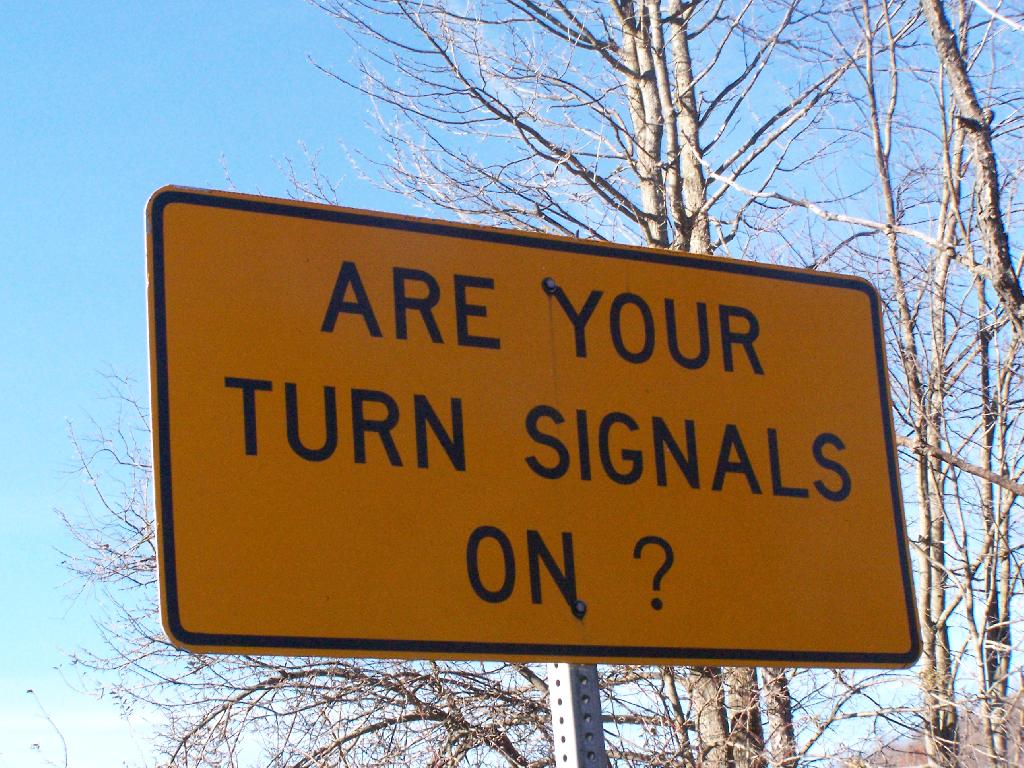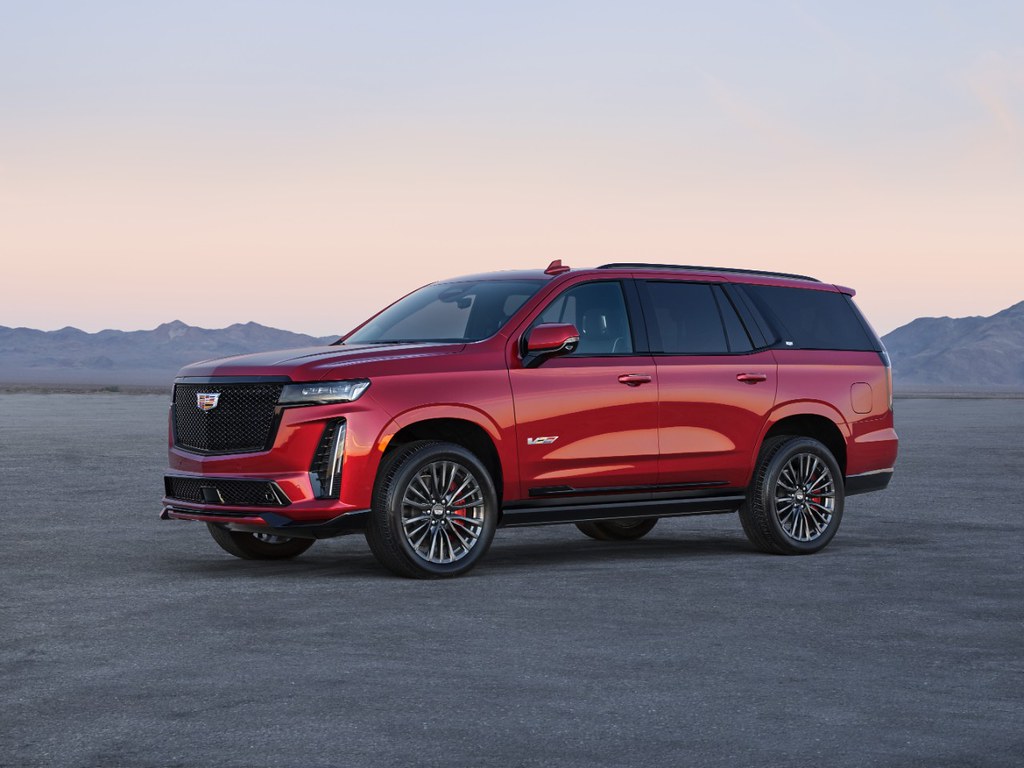It’s a curious phenomenon that has puzzled many a motorist and pedestrian alike: the vanishing act of the humble turn signal. You know, those flashing lights on the sides of a car that seem to be more of an optional accessory than a crucial component of vehicle communication. It’s almost as if, for a significant portion of drivers today, the concept of indicating a turn has become akin to folklore, a vestige of a bygone era where courtesy and safety intermingled on the open road like best friends. But let’s dive deeper into this enigma, shall we?
The Neglected Turn Signal
The turn signal, or as some prefer, the blinker, indicator, or if you’re feeling particularly historical, the trafficator. This ingenious invention, designed for the sole purpose of signaling one’s intent to turn or change lanes, has somehow evolved from a safety essential to a seemingly optional adornment for many drivers. And let’s be real, it’s not as though these devices require Herculean effort to operate. A flick of the wrist, a gentle nudge with the finger, and voilà, you’ve communicated your driving intentions to the world, thereby reducing the risk of collisions and the accompanying chorus of honks and expletives.
Here we are, in an era where the sight of a blinking turn signal can feel as rare and precious as spotting a unicorn at rush hour. And it’s not for lack of legislation or innovation. In fact, states like Oregon have gone so far as to dictate the exact footage—100 feet, to be precise—before which a driver must engage their blinker prior to executing a turn or lane change. And let’s not forget the automotive industry’s valiant efforts to make turn signals more appealing. From the inclusion of dazzling red and amber lights to embedding them in rearview mirrors and having them blink like the Vegas Strip, car manufacturers are practically doing backflips to entice drivers to use their signals. There was even talk of a self-activating turn signal being developed by Tesla, though the technology, much like the willingness of drivers to use their signals, remains somewhat ‘hinky’.

Why this aversion to signaling, you ask? Well, the reasons are as varied as they are baffling. Surveys and studies have shed some light on the matter, revealing a potpourri of excuses that range from the mundane to the downright absurd. The most common reason, it seems, is forgetfulness, particularly among those navigating familiar routes or those caught in the throes of making a sudden turn. Then there’s road rage, a darker motivator that sees some drivers deliberately withholding their blinker use as a form of vehicular spite. And of course, we can’t overlook the laziest of the lot, those who can’t muster the minimal effort required to flick a lever because, well, they just can’t be bothered.
Among the more curious findings, some drivers claim that the thrill of unpredictability, the sheer adrenaline rush of merging lanes unannounced, adds a certain je ne sais quoi to their driving experience. Imagine, if you will, the exhilarating uncertainty of never quite knowing if the car next to you will suddenly veer into your lane without so much as a warning blink. It’s like Russian roulette, but with cars. And then there are those who believe they change lanes too frequently to bother with something as trifling as a turn signal. Because clearly, indicating each and every maneuver would be an unbearable inconvenience.

Bringing Back the Turn Signal
It’s this peculiar blend of forgetfulness, recklessness, laziness, and thrill-seeking that has led to the gradual decline of the turn signal’s prominence on our roads. But let’s not lose hope just yet. Perhaps it’s time to reframe our perspective on these neglected blinkers. Instead of viewing them as mere regulatory requirements, we could start seeing them as the punctuation marks of the roadway, essential tools for crafting a coherent narrative amidst the chaos of traffic. Just as a well-placed comma can change the meaning of a sentence, a timely turn signal can dramatically alter the flow of traffic, providing clarity and preventing mishaps.
As we navigate the bustling highways and byways, let’s remember the power of the turn signal, not merely as a legal obligation but as a gesture of consideration and communication among fellow travelers. It’s time to bring the turn signal back into the spotlight, to champion its use not just for our safety but for the sheer joy of a smoother, more predictable journey. Because at the end of the day, isn’t that what we all crave? A little less chaos, a little more connection, and a whole lot more blinking lights guiding us safely to our destinations.
Related posts:
Why Do So Many Drivers Fail To Use Turn Signals?
What’s Your Excuse for Not Using Your Turn Signals?
my employee wasn’t respectful enough after the company messed up her paycheck





